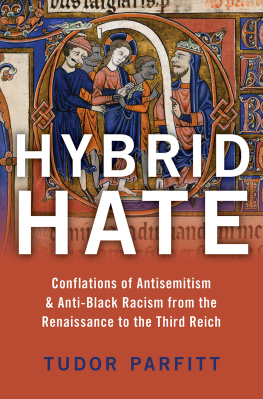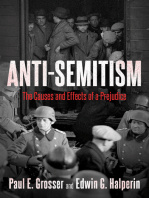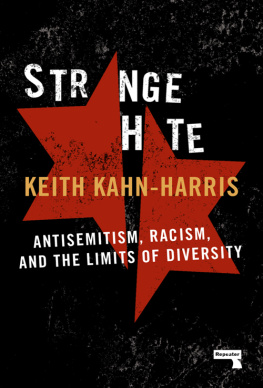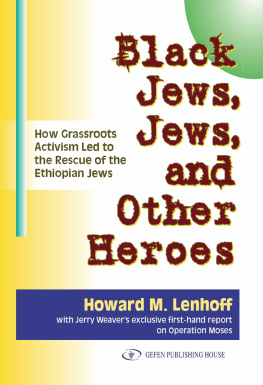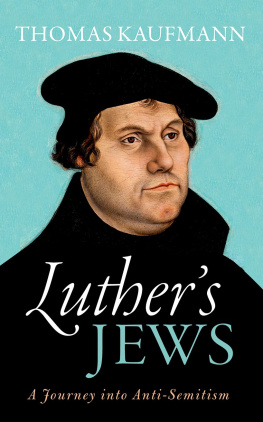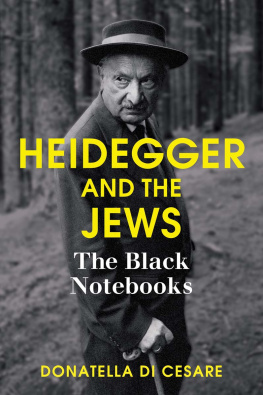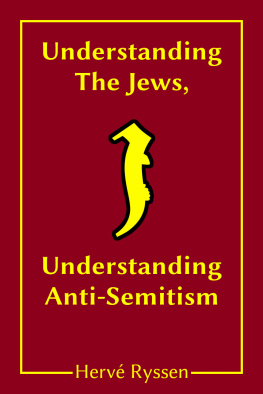Hybrid Hate

Oxford University Press is a department of the University of Oxford. It furthers the Universitys objective of excellence in research, scholarship, and education by publishing worldwide. Oxford is a registered trade mark of Oxford University Press in the UK and certain other countries.
Published in the United States of America by Oxford University Press
198 Madison Avenue, New York, NY 10016, United States of America.
Oxford University Press 2020
All rights reserved. No part of this publication may be reproduced, stored in a retrieval system, or transmitted, in any form or by any means, without the prior permission in writing of Oxford University Press, or as expressly permitted by law, by license, or under terms agreed with the appropriate reproduction rights organization. Inquiries concerning reproduction outside the scope of the above should be sent to the Rights Department, Oxford University Press, at the address above.
You must not circulate this work in any other form and you must impose this same condition on any acquirer.
Library of Congress Cataloging-in-Publication Data
Names: Parfitt, Tudor, author.
Title: Hybrid Hate : Conflations of Antisemitism and Anti-Black Racism
from the Renaissance to the Third Reich / Tudor Parfitt.
Description: New York, NY, United States of America : Oxford University Press, 2020. |
Includes bibliographical references and index.
Identifiers: LCCN 2020016025 (print) | LCCN 2020016026 (ebook) |
ISBN 9780190083335 (hardback) | ISBN 9780197529294 (epub) |
ISBN 9780190083342 (updf) | ISBN 9780190083366 (online)
Subjects: LCSH: RacismReligious aspectsChristianityHistory. |
AntisemitismHistory. | JewsHistory. | Black JewsHistory. |
BlacksHistory. | African AmericansHistory. |
African American JewsHistory.
Classification: LCC BT734 .P37 2020 (print) |
LCC BT734 (ebook) | DDC 261.8/3dc23
LC record available at https://lccn.loc.gov/2020016025
LC ebook record available at https://lccn.loc.gov/2020016026
DOI: 10.1093/oso/9780190083335.001.0001
For my mother
The most striking circumstance... was that of the change of the Jews to black.
Joseph Barnard Davis (18011881)
I do not believe in a pure black Jew.
Sir Richard Francis Burton (18211890)
The Semites belong to the mulatto class, a transition stage between black and white.
Friedrich Ratzel (18441904)
And the shoe of the eternal Jew performs a negro dance on my nerves.
George Grosz (18931959)
The Jew is a negro.
Louis-Ferdinand Cline (18941961)
Jews... these negroid parasites in our national body.
Adolf Hitler (18891945)
The problem wouldnt arise if Jews had blue skin.
Franois Truffaut (19321984)
Contents
).
Similarly, one of the greatest writers on antisemitism, the French historian Lon Poliakov (19101997), correctly observed that Enlightenment and nineteenth-century race theorists were concerned predominantly with Jews and blacks. However, he considered that the hatreds of Jews and blacks occupied different psychological spheres, had little if anything in common, and were expressed by completely different people and for different reasons ().
This book argues that Western thinking about race, from the time of Paracelsus to the period of the Third Reich, was indeed mainly concerned with Jews and blacks. During the race wars against blacks and Jews that spanned these five centuries, blacks and Jews were regularly twinned, through a range of metrics and historical and theological theories and legerdemain. Even the most fanatical, tunnel-visioned advocates for the denigration of Jews would, more often than not, have similar or identical views on blacks, while the most hardened anti-black bigots would hold similar views about Jews. Racial constructions about Jews and blacks during the period covered by this book were often of the same order, and frequently fused or alloyed together as one. In the complicated history of racial thinking, blacks and Jews were linked as the main objects, as well as the main victims.
One literal fusion of black and Jew came about through the discovery of the phenomenon of black Jews. One such group had a particularly powerful impact on the development of race theory. My own interest in this group started in 2015, when I came across a few lines in a German book by Christian Georg Andreas Oldendorp, published in 1777, which mentioned, almost in passing, the existence of a community of black Jews in the west African kingdom of Loango. I discovered that the natural scientists and race theorists of the late Enlightenment period and later, in Germany, France, the United States, and Great Britain, were intrigued and troubled by the existence of these black Jews, who would be a focus of racial discussions for the following century.
It was the theoretical and polemical importance of such hybrids, and the epistemic wealth of the notion of black Jew in the context of evolving racial hierarchies and racial difference, that piqued my interest. As I studied the Enlightenment reactions to the discovery of this remote community, it became clear to me that the key concept of hybridity in current cultural theory was of equally great significance for earlier generations of scholars and played an important role in the precision of theories of difference. It was also clear that the reactions of scholars and theorists to this community and other black hybrids were both historically significant and pointed toward wider intellectual horizons.
I began to see that the construction of the complex difference of the hybrid black Jew, as this image developed, involved a bricolage between visions of Jews and blacks, rooted in cultural as well as perceived racial difference, over many centuries. Moreover, hybrid black Jews, as will become apparent, became crucial in one side or the other of the centuries-long debate between the supporters and opponents of the doctrine of the unity of humankind. But what was perhaps even more important was that the establishment of a much-discussed color spectrum for Jews, which started with the discovery of this group, contributed in some part to an eventual conflation of racial ideas about Jews and blacks, which emerged around the middle of the nineteenth century. This development constitutes the main matter of this book.
Many ideas about blacks and Jews that emerged during the race debates of the nineteenth century had been foreshadowed by medieval prejudice. The slowly evolving Western structures of race that were forged in the long years of persecution of Jews and blacks, viewed from the perspective of la longue dure, present a continuity. From the period of the Renaissance to the first half of the twentieth century, the words gradually changed, but the sentiments and often the metaphors stayed the same.
The new vocabulary of race, which eschewed earlier models rooted in the Judeo-Christian tradition, was enlisted to fight ongoing battles that never failed to be centered on the unitary or multiple origins of humankind. Out of this dogmatic struggle emerged a fusion of ideas about Jews and blacks that found its most complete and deadly form in Fascist Italy, Vichy France, and the Third Reich. Common archetypes and conflations joined together and fortified the two fundamental racisms of the West.

